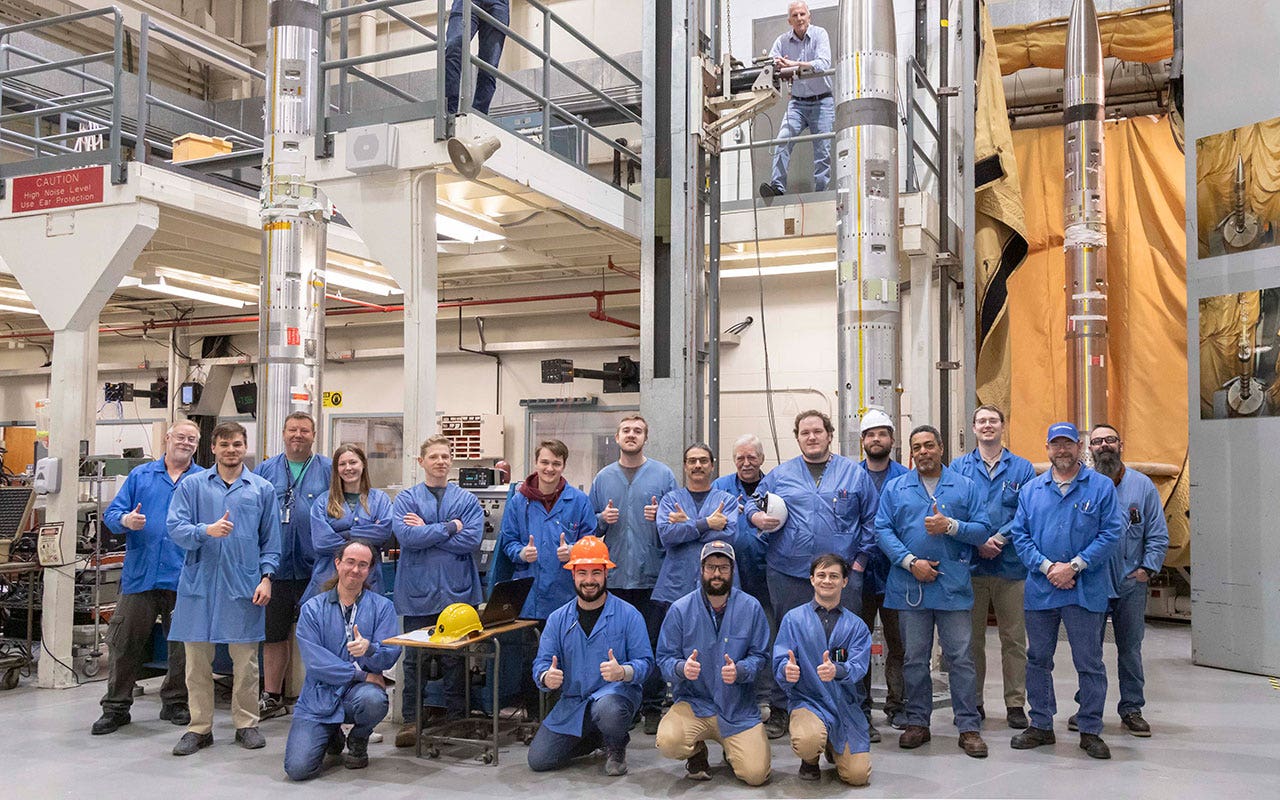HDI Circuit Boards for High-Frequency
High-frequency applications like MRI and ultrasound machines require precise signals to construct images. These systems use PCBs with thin dielectrics and dense microvias to provide better signal transmission. Microvias reduce electromagnetic interference by minimizing inductance in the distribution network. They also prevent signal reflection and radiation. In addition, filling and capping these vias in component solder lands decreases power dissipation. This allows a shorter path for digital, analog, and power signals. This is beneficial for high-frequency PCBs because it minimizes crosstalk and skin effect, which can degrade signal quality.
The choice of material type, number of layers, and via structure type determines the cost of hdi circuit boards. For example, higher layer counts and more complex stack-ups increase the price of the board. In addition, the type and amount of through-holes and microvias affects manufacturing costs. Smaller vias are more expensive than larger ones because they need more precision.
hdi circuit boards is used in a variety of industries, from automotive to medical, because of its reliability and performance. It is especially useful in medical equipment like pacemakers and diagnostic imaging devices. These devices have to be compact to fit into patients’ bodies without compromising the quality of their images. This is possible thanks to hdi technology, which makes it possible to fit the components inside smaller sizes.

HDI Circuit Boards for High-Frequency Applications
Another benefit of hdi circuit boards is their superior thermal conductivity, which increases the lifespan of the device. They also have a lower weight, making them more cost-effective than traditional circuit boards. These benefits make them ideal for military and aerospace applications.
During the design process, a key factor for achieving high-frequency circuits is to keep the copper thickness as low as possible. Increasing the copper thickness leads to higher loss and increased parasitic loading, which can degrade signal quality. Moreover, thicker copper causes the dielectric constant to change with temperature, which can affect the circuit’s input stability.
In order to prevent these issues, a designer should ensure that the traces have proper spacing to avoid signal leakage and crosstalk. He should also ensure that the traces are properly grounded to minimize electromagnetic interference. Furthermore, the designer should ensure that the track widths are optimum for the application. This will help to maintain consistent impedance paths, sufficient ground planes, and isolation of digital, analog, and power signals.
Another way to improve high-frequency performance is to reduce the dielectric constant of the insulator. This can be accomplished by choosing a thinner dielectric fabric or by selecting a fabric with a lower temperature coefficient. This will help to avoid losses due to a change in the dielectric constant with temperature, as well as reduce the skin effect and crosstalk. Lastly, the designer should be sure to select an appropriate insulator for the application. This will ensure that the insulator can handle the voltage and current requirements of the circuit. Additionally, he should make sure that the insulator has a low dissipation factor to eliminate excessive heat and reduce the risk of degradation.

